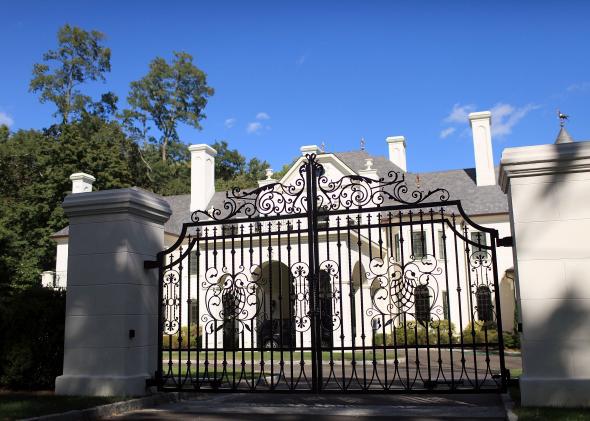Rising income inequality is a national issue. Actually, scratch that—it’s a global issue. But at the same time, it’s interesting to look at the rise of the rich on the state level, both because it might reveal a thing or two about inequality, and because Americans never tire of petty geographical rivalries.
This week, the Economic Policy Institute, a liberal think tank, released a very cool analysis of how the top 1 percent of earners in each U.S. state has grown its share of income since 1979. The overarching point is that the story of American inequality isn’t just about Wall Street financiers from New York or Connecticut gobbling up an ever-growing share of the country’s economy. Rather, the affluent are pulling away from their neighbors all over the country, from Portland to Palm Beach.
This strikes me as an interesting, though not exactly surprising, point. One percenters aren’t all hedge funders and bankers. They’re doctors, lawyers, and business executives too, and sometimes live in places like Missouri and Tennessee. Of course, just because you’re in the 99th percentile of earners in, say, the Deep South, that doesn’t mean you make the cut for the U.S. as a whole. In Alabama, for instance, it only took an income of $272,000 to make the 1 percent threshold in 2012, compared with about $394,000 nationally, according to the World Top Incomes Database. But the past few decades have delivered a rising share of income to the workaday rich, too—the top 5 percenters, who bring down low six-figure incomes, and live all over. If you’re wealthy by any state’s standard, you’ve done pretty well over the past few years.
At the same time, I think there’s another, probably unintentional, message that one can take away from EPI’s data—that while inequality might be important, it isn’t absolutely everything. (Note: EPI emailed me the numbers in the map below, since they weren’t contained in the original report).
Some states where the top 1 percent eat up a relatively low share of income—such as West Virginia, Mississippi, New Mexico, and Alabama—suffer from widespread, intractable poverty or terribly low rates of economic mobility (sometimes both). Their income distributions might be flatter than some other corners of the country, but in part that’s just because fewer people ever get really rich. Meanwhile, less egalitarian states like Connecticut, Massachusetts, and New Jersey have lower-than-average poverty rates, better life expectancy, and better education systems. Of course, we could all aspire to be more like Hawaii—low inequality, lots of longevity, relatively little poverty, and fabulous weather. But barring a miraculous turn of events in which the whole country transforms into Maui, it’s worth remembering: Even if the rich make out like bandits in a state, it may well still be a pretty good place to live.
